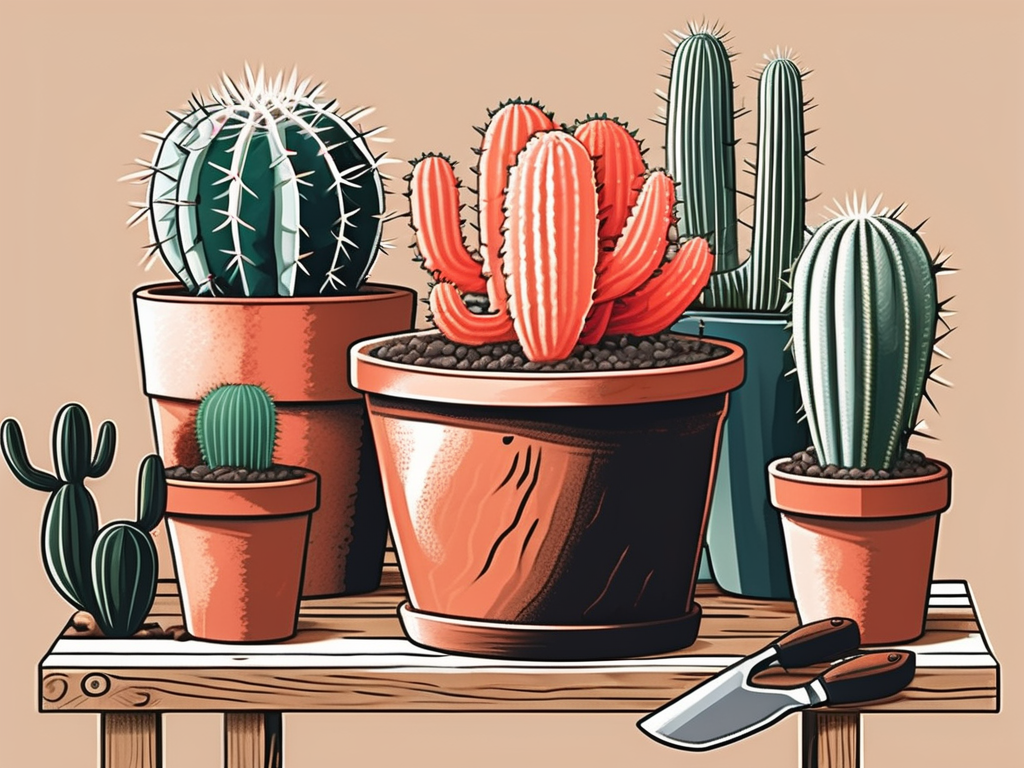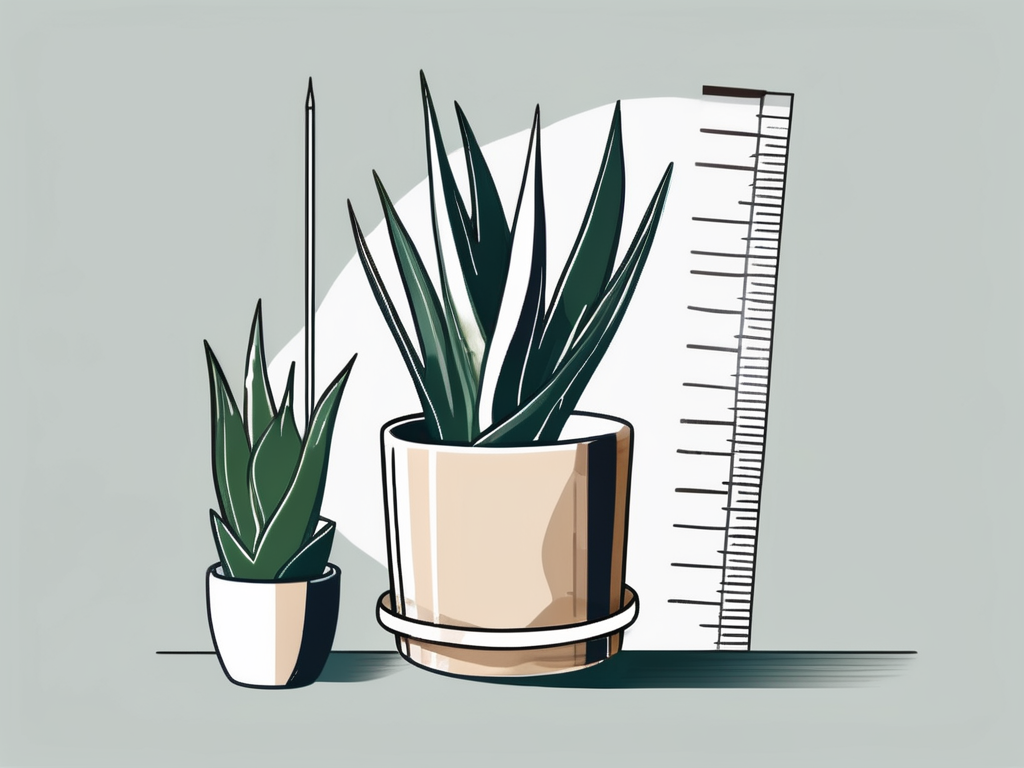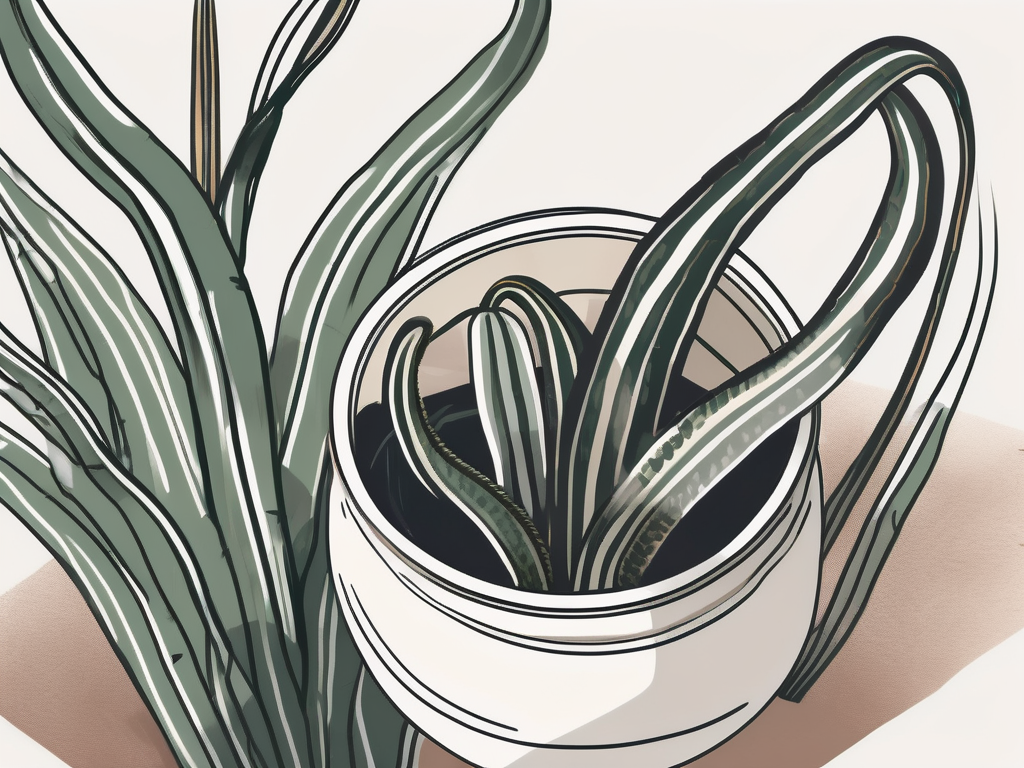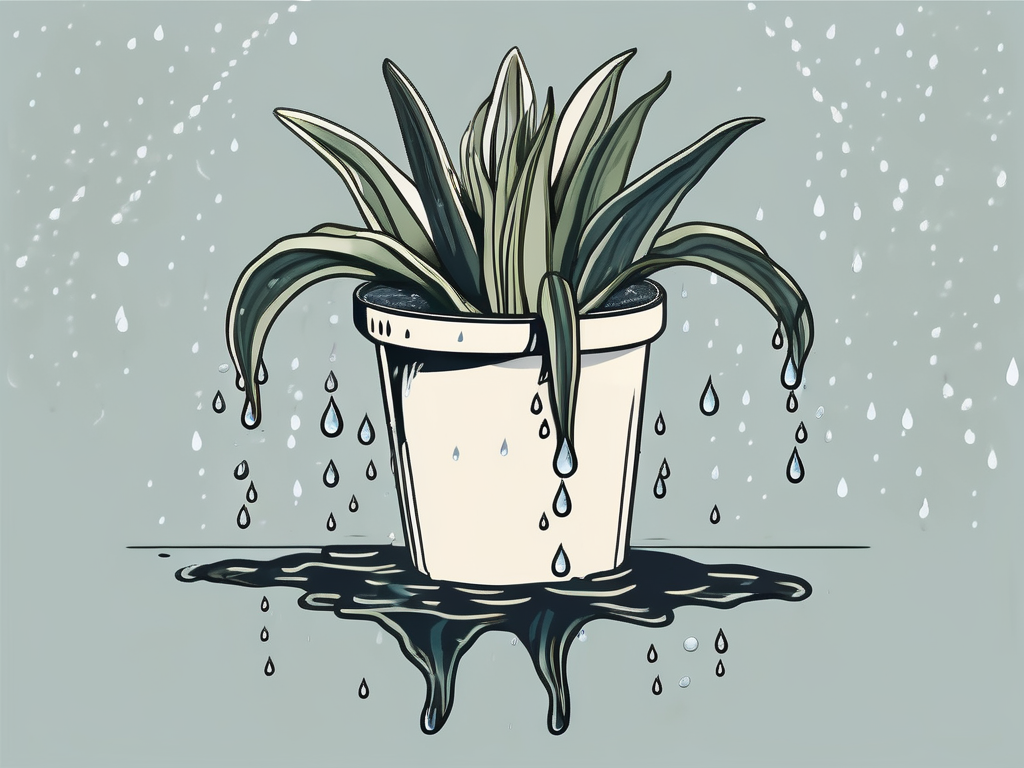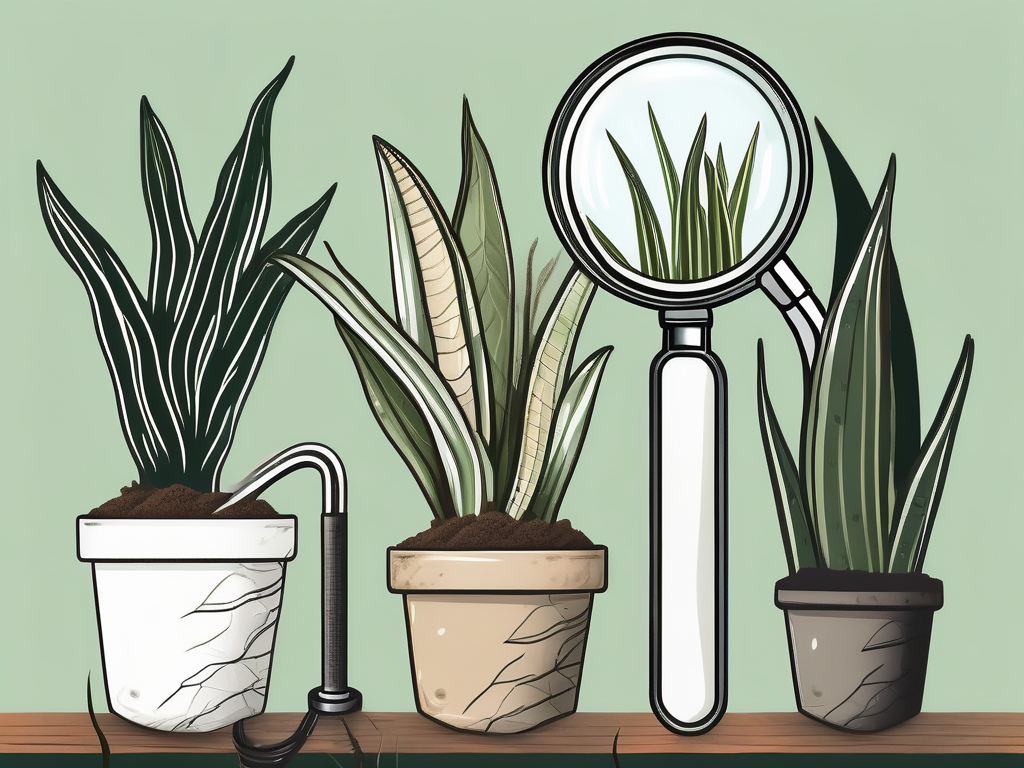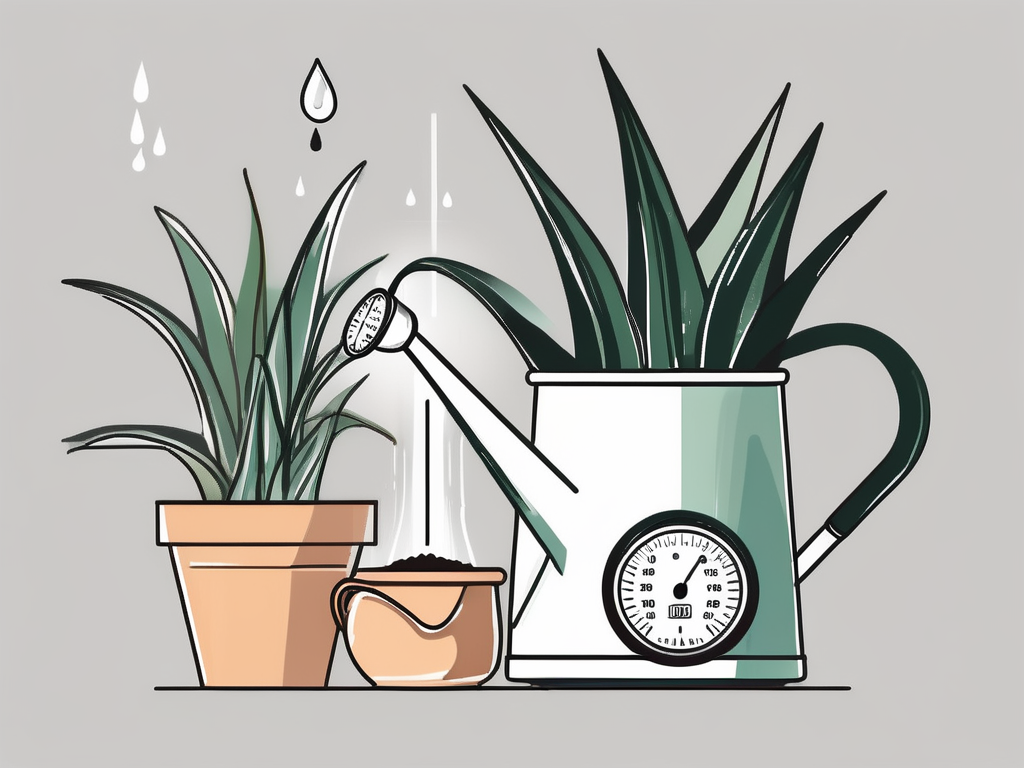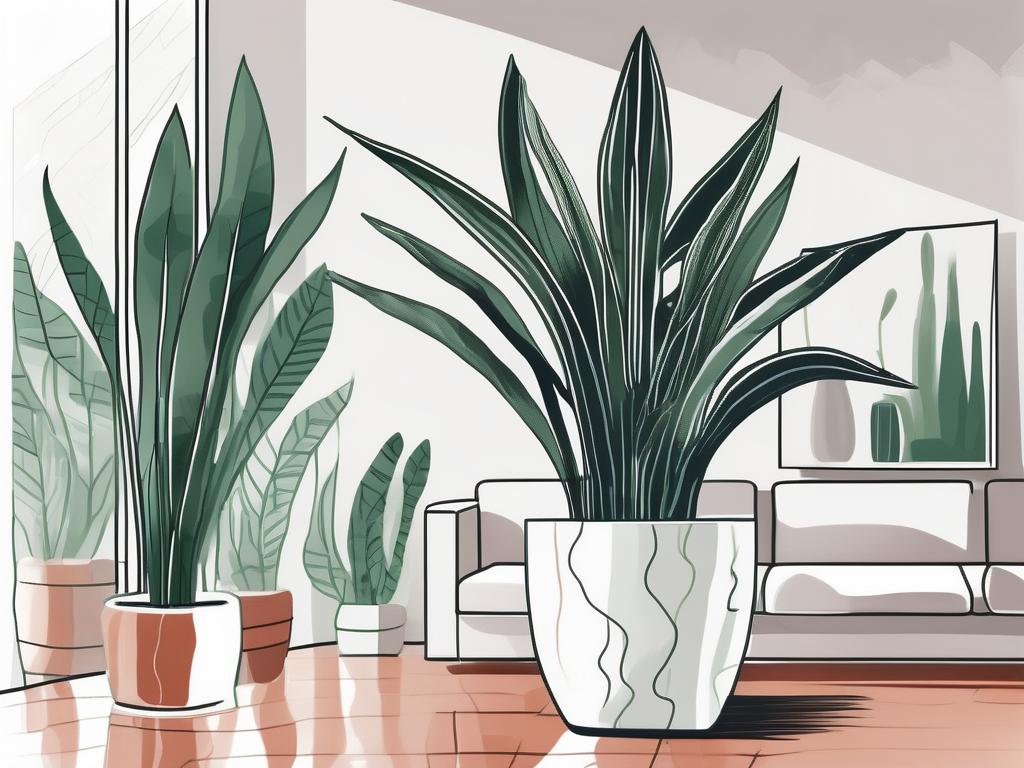
So, you've got yourself a Black Coral Snake Plant, and now you're wondering how to keep it thriving. These plants are known for their striking dark green leaves with wavy patterns that add a touch of elegance to any room. But, like any plant, they do have their specific needs, especially when it comes to watering.
In this article, we're going to chat about everything you need to know to make sure your Black Coral Snake Plant is happily hydrated. From understanding its watering needs to recognizing signs of overwatering and underwatering, we'll cover it all in a way that's easy to follow and apply. Let's get started!
The Nature of Black Coral Snake Plants
Before we jump into watering specifics, it's helpful to understand a bit about the Black Coral Snake Plant itself. This plant is a member of the Sansevieria family, sometimes referred to as Mother-in-Law's Tongue. It's known for its hardy nature and ability to thrive in a variety of conditions. Native to West Africa, it has adapted to withstand low light and irregular watering.
What makes the Black Coral stand out is its unique color and pattern. The leaves are dark green with lighter horizontal bands, giving it a sleek and modern look. This plant is not only a beauty; it's also a champion at purifying indoor air. By removing toxins such as formaldehyde and benzene, it contributes to a healthier living environment.
Understanding its native environment is crucial. In its natural habitat, the Black Coral Snake Plant is used to dry conditions and can store water in its leaves. This means it doesn't need frequent watering, making it perfect for those of us who tend to forget about our plants now and then. But don't get too lax – there's still an art to keeping it just right!
When to Water Your Black Coral Snake Plant
Timing is everything when it comes to watering your Black Coral Snake Plant. Unlike some other houseplants, this one doesn't need a strict schedule. Instead, it thrives on a more intuitive approach. So, how do you know when it's time to water?
Here's a simple trick: check the soil! Use your finger to test the top inch or two. If it feels dry, it's time to give your plant a drink. If it's still damp, hold off for a few more days. This method takes into account the plant's natural rhythm and helps prevent overwatering, which is a common mistake.
Generally, during the growing season (spring and summer), you might find yourself watering every two to three weeks. In the dormant months (fall and winter), the frequency drops significantly. Once a month might be enough, depending on your home's conditions. Always remember that less is more with this plant.
Another helpful tool is a moisture meter. It's a small gadget that tells you the moisture level in the soil. While not essential, it can offer peace of mind, especially if you're new to plant care. Just keep in mind that these devices aren't foolproof, so continue to trust your instincts too.
Signs of Overwatering
Overwatering is one of the most common issues for Black Coral Snake Plants. While they are resilient, too much water can lead to root rot and other problems. Recognizing the signs early can save your plant from a soggy demise.
Here are some things to watch out for:
- Yellowing Leaves: If you notice the leaves turning yellow, it's a red flag. This discoloration often starts at the base of the plant and works its way up.
- Mushy Leaves: Healthy snake plant leaves are firm and upright. If they feel mushy or soft, it's a sign they've taken in too much water.
- Foul Odor: A bad smell coming from the soil or base of the plant usually indicates root rot. This is a serious issue and needs immediate attention.
- Wilting Despite Wet Soil: It might seem counterintuitive, but a plant can wilt from overwatering. If the soil is soggy and the plant looks droopy, it's time to cut back on watering.
If you suspect overwatering, allow the soil to dry out completely before watering again. In severe cases, you might need to repot your plant, trimming away any rotten roots and using fresh, well-draining soil.
Signs of Underwatering
On the flip side, underwatering is also something to be mindful of, although it's less common with Black Coral Snake Plants. They can survive dry spells well, but prolonged neglect can cause stress and affect their health.
Look for these signs of underwatering:
- Wrinkled Leaves: If the leaves look wrinkled or shriveled, it's a sure sign they're thirsty. The plant is using its stored water, and it's time to replenish.
- Brown Leaf Tips: Brown edges or tips can indicate a lack of water. While this can also be caused by other factors, it's often linked to dryness.
- Slow Growth: If your plant isn't showing any new growth during the growing season, it might be struggling with a lack of water.
To remedy underwatering, water your plant thoroughly, allowing the excess to drain out. Ensure you're not leaving it sitting in water, as this can lead to other issues. After a good soak, your plant should perk up within a few days.
Choosing the Right Pot and Soil
Believe it or not, the pot and soil you choose can make a big difference in your watering routine. The Black Coral Snake Plant prefers well-draining soil and a pot with drainage holes. This setup mimics its natural environment, where water doesn't stick around for long.
When it comes to soil, a cactus or succulent mix works well. These mixes are designed to allow water to pass through quickly, preventing root rot. You can also create your own blend using regular potting soil mixed with sand or perlite. This helps improve drainage and aeration.
The pot is equally important. A container with drainage holes is non-negotiable. Without them, water can pool at the bottom, leading to overwatering problems. If you have a decorative pot you love that doesn't have holes, consider using it as a cachepot. This means placing your plant in a plastic pot with holes, then putting it inside the decorative one.
Remember, the size of the pot matters too. A pot that's too large can hold excess moisture, while one that's too small might dry out too quickly. As a rule of thumb, choose a pot that's just slightly larger than the root ball of your plant. This gives the roots room to grow without overwhelming them with space.
Seasonal Watering Variations
Just like we change our habits with the seasons, plants have their own seasonal needs. The Black Coral Snake Plant is no exception. Understanding these variations can help you adjust your care routine accordingly.
During the spring and summer, when the plant is in its active growing phase, you'll notice it might need more frequent watering. The increased light and warmth speed up the soil's drying process. Keep an eye on the soil and be ready to water a bit more often.
In contrast, fall and winter bring cooler temperatures and less light, slowing down the plant's growth. During these months, the soil retains moisture longer, and your plant won't need as much water. It's essential to reduce the frequency to avoid overwatering during this dormant phase.
Here's a simple guideline to follow:
- Spring/Summer: Check the soil every two weeks and water when dry.
- Fall/Winter: Extend the interval to three or four weeks, depending on your home's conditions.
Remember, these are just starting points. Always adjust based on your specific environment and how your plant is responding. Flexibility is key to successful plant care.
Watering Methods: Top vs. Bottom
When it comes to watering, there are a couple of methods to consider: top watering and bottom watering. Each has its advantages, and choosing the right one depends on your plant's needs and your personal preference.
Top Watering: This is the most common method, where you water the plant from above, allowing the water to soak through the soil and drain out. It's straightforward and works well for most situations. Be sure to water evenly around the plant to ensure all the roots get a drink.
Bottom Watering: This technique involves placing the pot in a container of water, allowing the soil to absorb moisture from the bottom up. It's excellent for avoiding water on the leaves, which can sometimes lead to fungal issues. This method ensures the roots get adequately hydrated, but it requires a bit more time and attention.
Both methods can be effective, so it's really about what works best for you and your plant. Some plant people swear by bottom watering, especially for plants prone to rot, while others find top watering quicker and easier.
Dealing with Common Watering Mistakes
Even the most seasoned plant parents make mistakes now and then. The good news is, most watering mishaps are fixable with a little patience and care. Let's look at some common mistakes and how to address them.
Overwatering: If you've overwatered, the first step is to stop watering and let the soil dry out. If the plant is in a pot without drainage, consider repotting it. Remove any rotten roots and use fresh soil. Going forward, adjust your watering schedule and ensure the pot has good drainage.
Underwatering: If your plant is shriveled and dry, give it a thorough soaking. Allow the water to fully penetrate the soil and drain away any excess. It might take a few days for the plant to recover, so be patient and monitor its progress.
Incorrect Soil or Pot: If you notice persistent watering issues, it might be time to check the soil and pot. Ensure you're using a well-draining mix and a pot with drainage holes. Sometimes, a simple change in soil or container can make all the difference.
Remember, plants are resilient. With a bit of attention and care, most issues can be corrected, and your Black Coral Snake Plant will be back to its stunning self in no time.
Creating a Watering Schedule
While Black Coral Snake Plants don't need a rigid watering schedule, having a general plan can help you stay on track. Over time, you'll develop a feel for your plant's needs, but a little structure can be beneficial, especially if you're busy or have a lot of plants to care for.
Here's a simple approach to creating a watering schedule:
- Observe Your Plant: Spend some time getting to know your plant's natural rhythm. Note how often the soil dries out and how the plant responds to watering.
- Set Reminders: Use your phone or a calendar to set reminders for checking the soil. This helps you stay consistent without overwatering.
- Adjust Seasonally: Remember to tweak your schedule based on the season. More frequent checks in the summer and less in the winter.
- Stay Flexible: Be prepared to adjust as needed. If the plant looks stressed or the environment changes, don't hesitate to modify your routine.
Creating a watering schedule isn't about being rigid; it's about developing a habit that suits both you and your plant. Over time, you'll become more attuned to its needs, and watering will become second nature.
Final Thoughts
In summary, watering your Black Coral Snake Plant is all about finding the right balance. By understanding its nature, recognizing signs of over and underwatering, and adjusting your care with the seasons, you can keep your plant healthy and happy.
At Cafe Planta, we're passionate about helping plant lovers create beautiful, thriving collections at home. Whether you're just starting your plant journey or are a seasoned plant parent, we're here to support you. If you have any questions about plant care, feel free to email us or drop us a DM on Instagram. We believe in the power of plants to connect us to nature and each other.















